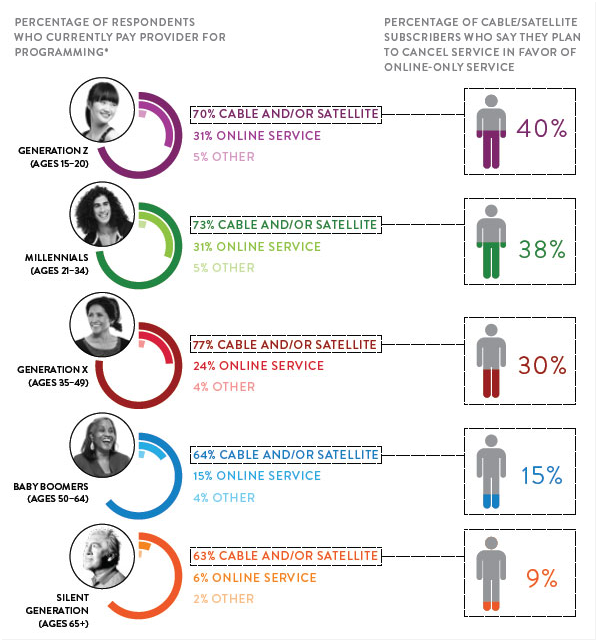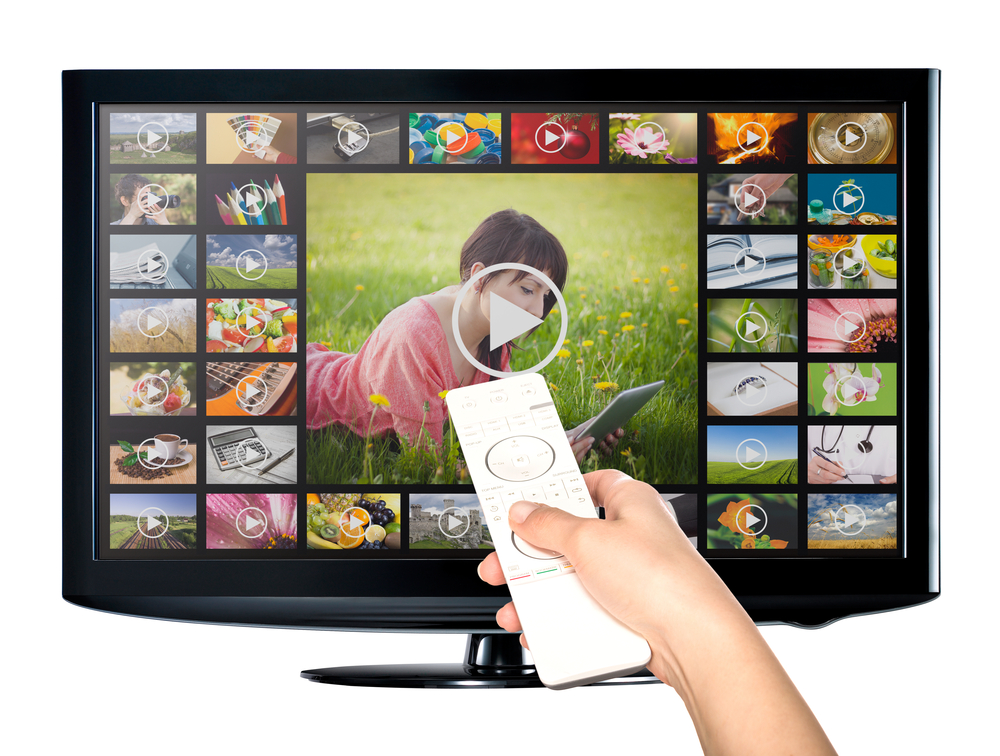The global Video on Demand market is poised to grow at a prodigious rate of 12.42 percent in the next five years. A Forbes article titled “Internet VOD Beats TV”, found that the internet is the place to go when looking for TV shows. In a world of increasing internet speed, and content available at the touch of a finger, traditional media may be left behind as Over-the-Top (OTT) services gain rapid global market share.
What is Video on Demand (VOD)?
By popular demand, Video on demand services are poised to overtake TV viewership. But what exactly is VOD? VOD is a type of OTT system that allows users to watch or listen to content when they choose to, rather than having to watch at a specified time. VOD services stream movies and shows through the internet directly to your device, while television sends the same content through wires and broadcast towers. The term “demand” implies a sense of urgency and want – an unwillingness to wait around for one’s favorite show to arrive.
Types of VOD Services
Advertisers and content producers (the people that sell consumers movies, shows, and other programming) have different options when it comes to monetizing their VOD services.
- Subscription-based VOD (SVOD) – SVOD allows consumers to watch unlimited content provided they pay a (monthly) subscription cost.
- Ad-based VOD (AVOD) – Instead of paying in cash, you, the viewer, pay in time. Throughout AVOD your programming is interrupted with advertisements that you cannot skip.
- Transactional VOD (TVOD) – Consumers pay strictly for the content they want. Through TVOD, a consumer does not have to download a whole season to watch one episode, for example. Nor does he or she have to pay for a whole album in order to download one song.
A Paradigm Shift in Content Programming
VOD is disrupting traditional cable and television. The internet has fundamentally changed the way video is produced, sold and watched. It has even changed the setup of the American living room. The person in the family with the remote would rule the airwaves.
No longer.
More than 90 percent of U.S. households have 3 or more internet-connected devices; if a family member commands one screen we can turn to another. Likewise, consumers are no longer shackled to a traditional broadcaster’s schedule. Prime time programming slots (between 6:00 pm. to 9:00 pm), a time when families would have traditionally gathered around the television, are becoming less expensive and less effective due to the individualization of content. Content is more weird, diverse, and niche than ever before. One thing is for sure: consumers do not have to arrange their lives around anyone else’s schedule but theirs. VOD services allow them to do this, on their own time, so long as they have an internet connection.
Global Video on Demand Market Statistics
Video on demand services are growing. MarketsandMarkets ranked the global market at $25.3 billion in 2014with top consumers located in the U.S., U.K., China, Japan, and Canada. Services are expected to develop in Latin America, the Asia-Pacific, Middle East, and Africa as internet becomes more readily available and cell phones drop in price. VOD market is projected to be worth $61.4 billion by 2019 (Source).
VOD’s growth is also negatively affecting physical sales of DVDs. In the period between 2015 to 2016, DVD buys were down 7 percent, while DVD rentals were down 10 percent. People are also doing away with their physical DVD collection in order to save space, use less plastic, or go green. Younger generations are more likely to have their entertainment library available on the cloud.
This neat infographic by Nielsen research, shown below, aptly describes what is going on in the market.

The move towards VOD services is largely an impetus spurred on by the younger generation. Nielsen found that the younger you are, the more likely you are to cancel your cable service in favor of online services – which makes sense if you grew up with technology, and aren’t used to waiting around for content when you can just search for it. The report also found that the older you are, the less likely you are to have online services like OTT and IPTV – which also makes sense – because, why change?
Programmers Are Creating More Complex Shows For Millennials and Gen Z
Video on demand services give content producers a way to tell richer, more complex stories that would have never gained traction on traditional cable. Think about it. In the days of programming like Kojak, Friends, and Seinfeld, each episode had a unifying theme
the show had limited characters and a unified theme. As a viewer, you knew what you were getting. For the most part, plotlines were easy to follow, and each new episode started fresh. Viewers could jump in, watch an episode, and be entertained. Compare that to hit shows of today, like Mad Men and Game of Thrones, where there are dozens of characters and multiple storylines to follow.
No Need to Demonize Cable
Traditional TV isn’t dead, as some pundits claim it to be. Traditional cable, media, and radio companies have the infrastructure already in place. Contrariwise, the IPTV, OTT, and VOD industry need to build the more complex, internet-based distribution systems. Cable is taking a lesson from streaming services and changing to meet the needs of a 21st-century audience. Cable companies will learn how to cater their content to a new, more discerning viewership. Some will have to pivot in new directions, including cloud communications, video content production, or news production as the market share gradually wears away. One thing is for sure, however, video on demand is here to stay!
TikiLIVE has a wide range of premium VOD content available. Contact us for more information on our VOD solutions.







